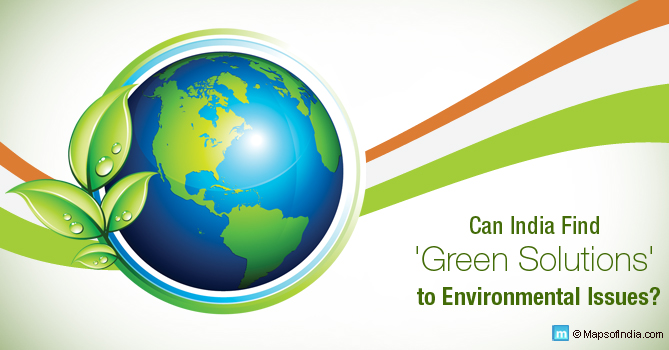Natural Gas refers to a naturally occurring hydrocarbon gas mixture comprising methane, ethane, carbon dioxide, higher hydrocarbons, inert gases and hydrogen sulfide. It is also known as fossil fuels such as coal and oil.
It got developed millions of years ago when dead microorganisms, namely algae and plankton, went to the sea bed. They were surrounded by numerous layers of earth and rock over time and got converted into hydrocarbons.
The surroundings gradually converted the organic elements into small gaseous hydrocarbons, especially methane (CH4), the smallest hydrocarbon under high pressure and temperatures and with no oxygen. The natural gas developed in the bedrock increased slowly through porous rock layers until it met with an impermeable layer and mustered to form reservoirs.
Natural Gas is not used in its pure form as it is processed and converted into cleaner fuel for intake purposes. In addition, various by-products get extracted while processing natural gas, such as nitrogen, propane, ethane, butane, carbon dioxide, which can get further utilised.
It gets used to enable electricity/heat in a compressed structure and gets used as fuel for vehicles known as CNG. Globally, it is used as fuel for boilers and air conditioners. In addition, this is used for making fertilisers also, primarily ammonia.
“Replacing coal with natural gas is a tremendous opportunity not just in the U.S., but globally. The world needs more energy, and there is no simpler fact than that over two billion people in this world don’t have access to electricity. We need every tool to end this energy poverty, and natural gas is the most evolved tool to reliably produce clean-burning power at scale,” said Toby Rice, CEO of Rice Energy.
For a long duration, one of the most significant affecting factors of natural gas prices is green energy or renewable energy like wind power, solar power, geothermal energy and hydroelectric power. In addition, natural gas provides clean-burning (forming fertiliser for ethanol, enabling power for homes and businesses and transportation on land and sea), reduced emissions, cheaper than oil with the applications such as heating/cooling, cooking, power generation, drying and other industrial purposes.
Following are the types of natural gas:
- Conventional natural gas: It is trapped in reservoirs in porous rock like sandstone. This natural gas is simple to produce by undertaking traditional drilling approaches. For instance, most of the conventional reserves in Canada have been extensively developed.
- Unconventional natural gas: It is discovered in tight (non-porous) rock formations like shale. These resources are found through a merger of horizontal drilling and hydraulic fracturing. For instance, it has massively raised Canada’s recoverable natural gas reserves by using the above approaches to produce natural gas that was earlier not accessible. It can drill several wells from the well-pad on the surface, allowing for adequate resource recovery on a reduced land footprint.
Prime Minister Narendra Modi said, “We are trying to eliminate the cascading effect of different taxes on natural gas across different states. We are eager to increase the share of natural gas in the energy basket from 6.3 per cent currently to 15 per cent… We are committed to bringing natural gas under the GST regime.” He added that it would help lower the cost of gas.




